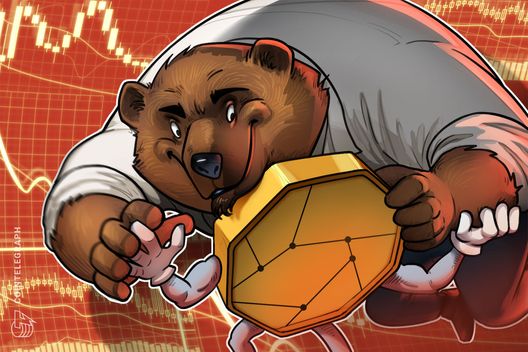

Despite increased institutional participation, the CEO of Xapo Bank, Seamus Rocca, believes that Bitcoin's four-year market cycle is still relevant. Rocca also cautioned that the next Bitcoin market downturn might arise organically rather than due to a single, catastrophic occurrence.
Understanding Bitcoin's Halving Cycle
Bitcoin halving is an event that occurs roughly every four years, where the reward for creating new Bitcoins is cut in half. This mechanism is embedded in Bitcoin's code to control inflation and ensure scarcity, similar to precious metals. As the reward decreases, the rate at which new bitcoins enter circulation slows down, potentially creating upward pressure on prices if demand remains strong. The halving will continue to take place every 210,000 blocks until the number of Bitcoins in circulation reaches 21 million, which is projected to occur around the year 2140.
Historical Impact of Halving Events
Historically, Bitcoin halving events have significantly impacted market dynamics and investor sentiment. Each halving has typically been followed by substantial price appreciation, leading to bull market cycles.
These past events have demonstrated a pattern of increased interest and investment post-halving. The psychological impact often leads to FOMO (fear of missing out) among investors.
The Halving Cycle and Market Trends
The halving event has a profound effect on the supply and demand dynamics of Bitcoin. By reducing the rate at which new bitcoins are created, halvings create a supply shock that can influence market prices. If demand remains constant or increases during this period, the result can be a rapid price increase.
Leading up to a halving, there tends to be heightened speculation and optimism among investors, which can lead to increased volatility. Historically, the market often enters a bullish phase after the initial shock of the halving fades, lasting for months or even years and leading to new all-time highs.
Looking Ahead
The next halving is expected in 2028, when the reward will drop to 1.5625 Bitcoins per block. As halving events continue, the reward for mining will keep decreasing, making new Bitcoins even harder to obtain. This could potentially increase their value if demand remains strong. In the long run, miners will likely rely more on transaction fees to generate income as the reward for new Bitcoins diminishes.
Bitcoin's Broader Utility
Bitcoin is transitioning into a phase where it offers utility and can be a productive asset, rather than just a store of value with price volatility. It can potentially generate passive income and be used in various applications. Currently, a portion of Bitcoin's total market cap is being utilized in DeFi protocols and tokenized assets.